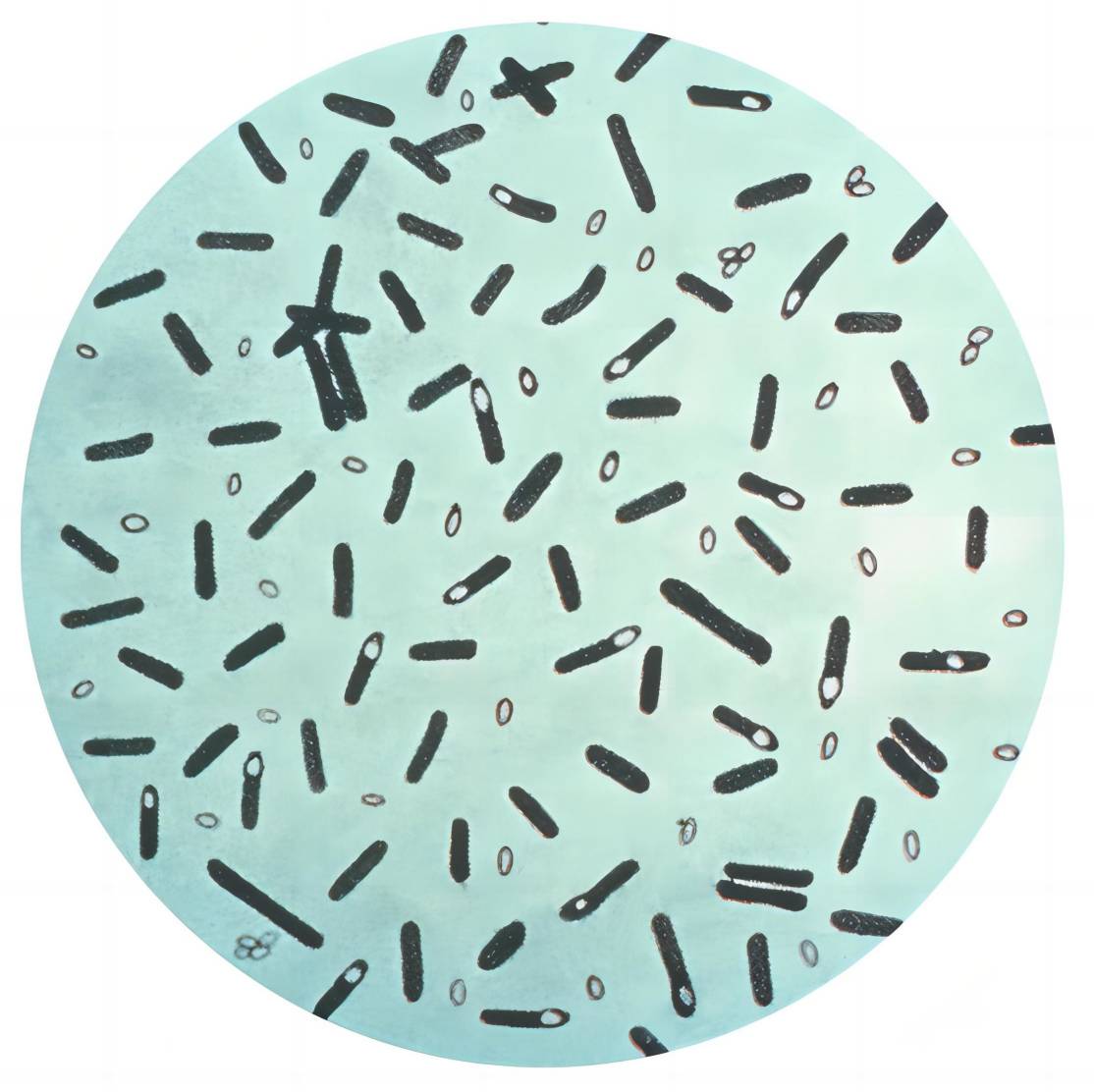Immunopathology Complement Activation Complement Molecular Mechanisms Related Products Hot Services Q&A Resources
Are you currently facing the challenge of managing increased infection risks in your complement-targeted therapies? Are you struggling with the complexities of balancing therapeutic efficacy with patient safety, particularly concerning recurrent infections? Creative Biolabs’ innovative solutions help you navigate these challenges through our advanced complement modulation technologies and comprehensive safety assessment platforms. We empower you to develop safer, more effective therapeutics.
Immunopathology Features
In humans, the immune system combats infections and is comprised of two components: the innate and adaptive immune systems. A deficiency in the innate immune system increases vulnerability to infections, with the complement system being a key player. Specifically, deficiency in the classical pathway can lead to autoimmune diseases and heighten the risk of recurrent respiratory infections and infections from encapsulated bacteria like Streptococcus pneumoniae, Neisseria meningitidis, and Haemophilus influenzae. Individuals with alcoholic cirrhosis and reduced complement components C3, C4, and CH50 levels face heightened infection risks. Complement deficiencies may arise from increased protein loss due to nephritic syndrome or protein-losing enteropathies, while increased complement consumption often occurs alongside immune complex diseases, vasculitis, or the development of autoantibodies against complement proteins.

Fig. 1 The picture of Clostridium botulinum.1
Symptom
The symptoms of a bacterial infection include coughing, sneezing, fever, inflammation, vomiting, diarrhea, fatigue, localized redness, heat, swelling, and pain. One of the hallmarks of a bacterial infection is local pain – the pain that is in a specific part of the body.
Shape
-
Spherical: With an average size of 0.5-1.0 um in diameter, these are usually the simplest to treat and are known as cocci.
-
Rod: An average size is 0.5-1.0 µm wide by 1.0-4.0 µm long.
-
Spiral: Coiled bacteria are known as spirilla. They are called spirochetes when the coil is particularly tight.
Type
-
Bacterial Skin Infections
Gram-positive strains of Staphylococcus and Streptococcus often lead to skin infections, especially when the deficiency of the innate immune system occurs. Bacteria skin infection can be classified into several subtypes:
-
Cellulitis: It is characterized by a red and swollen area that feels hot and tender to touch. The redness and swelling spread rapidly.
-
Folliculitis: It is a common skin condition in which hair follicles become inflamed. The signs and symptoms include clusters of small red bumps or white-headed pimples around hair follicles; Itchy, burning skin; a large swollen bump or mass.
-
Impetigo: it causes oozing sores, often in infants and children. But people of any age may also catch impetigo when they are contacting someone who is already infected.
-
Foodborne Bacterial Infections
-
Campylobacter jejuni: Commonly found in animal feces, it is a helical-shaped Gram-negative bacterium, which is often accompanied by cramps and fever.
-
Clostridium botulinum: It is a Gram-positive, rod-shaped, anaerobic, spore-forming bacterium, producing botulinum which is a potentially life-threatening neurotoxin.
-
Escherichia coli (E. coli) O157: H7 is a serotype of the Escherichia coli, causing disease through consumption of contaminated and raw food. The sign and symptoms include nausea, vomiting, fever, and abdominal cramps.
-
Listeria monocytogenes: It is a facultative anaerobic bacterium that causes the infection listeriosis. The symptom includes muscle aches, fever, and diarrhea. Individuals with weakened immune systems are most at risk of catching this infection.
-
Salmonella: It is a genus of rod-shaped, Gram-negative bacteria, with cell diameters between approximately 0.7 and 1.5 µm. Salmonella triggers fever, diarrhea and abdominal cramps which typically last for about a week.
-
Vibrio: it is a genus of Gram-negative bacteria with a curved-rod shape. It causes diarrhea when ingested.
The immune system is playing an essential role when the body is invaded by the pathogens. The immunodeficiency may lead to infectious diseases. For the components of the complement system, C2, C5, C6, C7, C8 (C8A, C8B) are associated with recurrent bacterial infections. Unraveling the mechanism of how individuals capture infectious disease is important, especially for patients with immunodeficiency.
Related Complement Activation Pathway
The complement system includes three primary activation pathways, each with unique initiation methods, yet all pathways converge to activate downstream effector functions for pathogen elimination. Therapeutically inhibiting any of these pathways may impair the host's capacity to effectively combat infections, raising the risk of recurrent infections, with each pathway's inhibition contributing its own distinct impact.
Table 1 Complement activation pathways.
|
Complement Activation Pathways
|
Recurrent Infection Pathogenesis
|
|
Classical Pathway
|
Inhibition of components like C1q, C4, or C2 can impair the clearance of pathogens that rely on antibody-mediated recognition. For example, if the classical pathway is inhibited, the ability to clear encapsulated bacteria, which are often targeted by antibodies, is reduced. This can lead to recurrent infections, particularly with organisms like Streptococcus pneumoniae.
|
|
Alternative Pathway
|
Inhibition of factors like Factor B or Factor D can disrupt the opsonization of pathogens by C3b, a crucial step in phagocytosis. This pathway is particularly important for controlling infections by bacteria and fungi. Inhibiting it can increase the risk of recurrent infections from a broader range of microorganisms.
|
|
Lectin Pathway
|
It plays a role similar to the classical pathway but is antibody-independent. Inhibiting components like MBL or MASPs can impair the early recognition and clearance of pathogens, especially certain bacteria and fungi.
|
Molecular Mechanisms of Complement-Mediated
Table 2 Molecular mechanisms of complement-mediated.
|
Key Complement Components
|
Functions
|
|
C3, Factor B, Factor D
|
The alternative pathway's C3 convertase (C3bBb) is essential for C3b production. Factors B and D are critical for its formation and stabilization. Inhibition of these factors reduces C3b deposition.
|
|
C3b
|
C3b serves as a crucial opsonin, aiding immune cells in the recognition and phagocytosis of pathogens, and diminished C3b levels hinder this process.
|
|
MBL
|
MBL and ficolins recognize PAMPs on microbial surfaces, initiating the pathway. Inhibition of MBL or ficolins prevents this recognition.
|
|
MASP-1, MASP-2
|
MASP-1 and MASP-2 cleave C4 and C2, leading to C3 convertase formation. Inhibition of MASPs reduces the formation of C4b and C3b.
|
Creative Biolabs has established advanced Complement Therapeutics Platform including antibody engineering platform, protease inhibitor platform, and drug discovery platform, and is equipped to offer a full range of biotherapeutics development services regarding drug discovery and validation for recurrent infection. Please contact us for detailed information.
Related Hot Products
Our comprehensive complement platform offers a broad and cost-effective selection of complement-related products. We welcome you to contact us.
Table 3 Featured products.
Related Hot Services
Table 4 Complement test services for SS-related complement studies.
Resources
Reference
1. From Wikipedia: Content Providers: CDC - This media comes from the Centers for Disease Control and Prevention's Public Health Image Library (PHIL), with identification number #2107. https://commons.wikimedia.org/wiki/File:Clostridium_botulinum_01.png.
For Research Use Only.
Related Sections:




